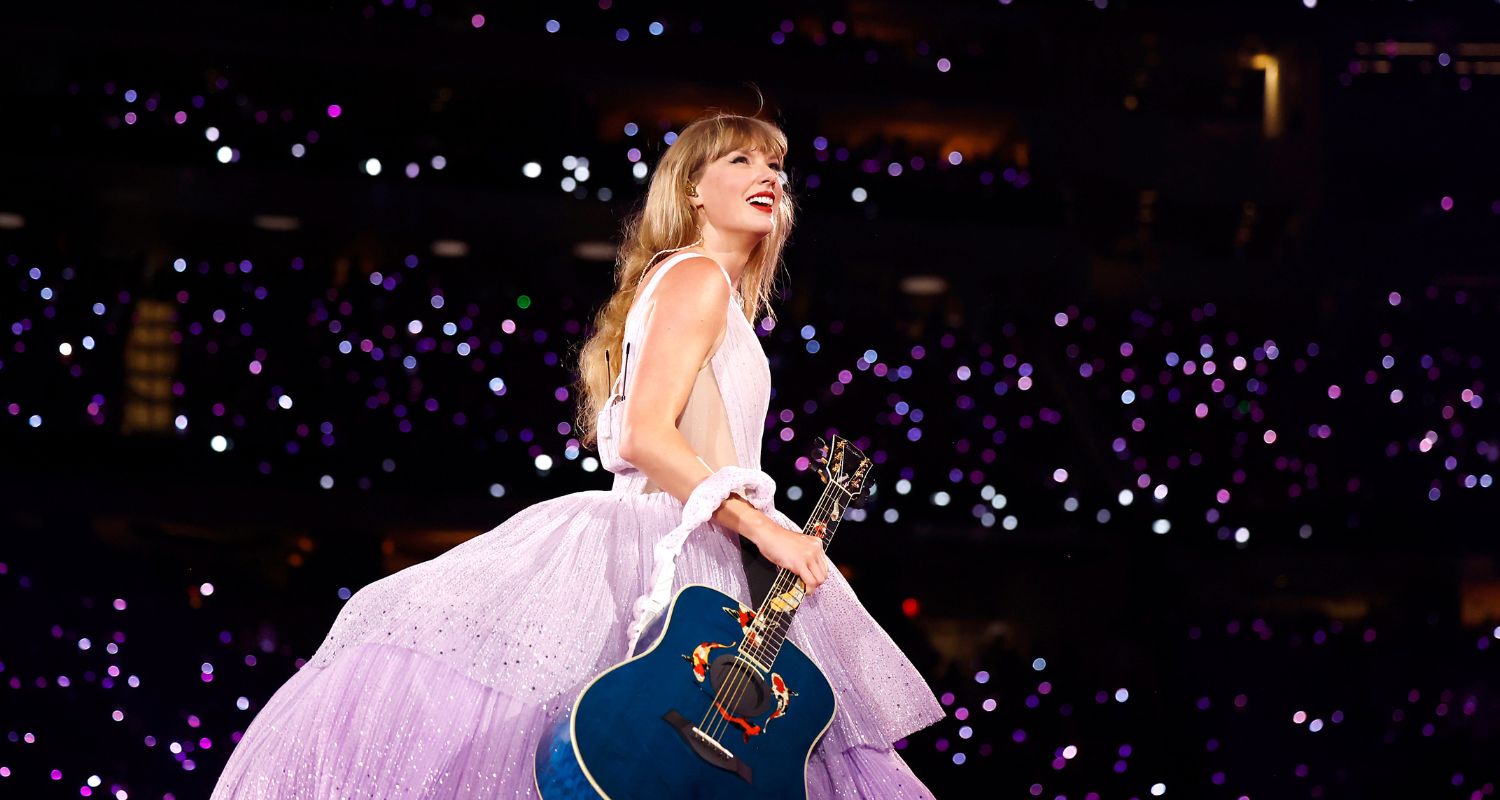There were a few wins in this year’s federal budget, announced on May 9, 2023, many aiming to improve access amid the cost of living crisis.
The Labor government outlined a handful of measures to benefit the population at-large, including raising JobSeeker payments and improving access to medicare and bulk billing.
But what measures were included to address issues like domestic violence, wage gaps and childcare, which tend to disproportionately affect women?
Per the Women’s Budget Statement, the government said: “This Budget has a particular focus on supporting women facing disadvantage, including single parents, and low-income workers across the care and support sector, including targeted and responsible cost of living relief for families to ease pressures on households.”
Here are some the ways the 2023-24 Budget will address these concerns.

Child care
The government will up its childcare subsidies, as promised in the October mini budget, taking on up to 90% of the cost burden from July 2023. The government estimates it will benefit 1.2 billion families.
Yahoo Finance reports the imminent savings will amount to an average of $119 per fortnight for the average Aussie family.
Furthermore, $72.4 million across five years has been dedicated to the training of early childhood and care workers, with particular focus on Indigenous organisations and regional services . The majority of workers in the care industry are women. (This includes aged care workers, who are set to receive a 15% pay increase in the budget.)
Violence against women
The federal government is looking to improve legal proceedings for survivors of sexual assault, committing $14.7 million over four years to the cause.
The funding is part of a commitment to overhauling the court system’s approach to this area, and includes an Australian Law Reform Commission inquiry into justice responses to sexual violence.
The government has also pledged $589.3 million over four years to ending violence against women, which is on top of the existing $1.7 billion commitment pledged in the October mini budget.
ABC News reports this does not meet the demands from those in the sector, who say they require a figure closer to $1 billion annually to make effective change.
Health access
$2.2 billion has been set aside for overhauling medicare and the health system, boosting the nursing workforce and expanding the roles of pharmacists and paramedics.
Those who are battling or at-risk of cancer will also receive increased support measures.
From July, the government will subsidise the costs of storing eggs, sperm or embryos for people with cancer, ABC News reports.
The government has also provided $16.8 million to add risk-testing for recurrent breast cancer to the Medicare Benefits Scheme.
The government will also up bulk-billing incentives to improve access to free or reduced-cost medical care. There is particular focus on remote and regional areas. It will also expand rebates for longer consultations of over 60 minutes for those with “complex conditions and needs”, which includes, “Mental health conditions, family, domestic and sexual violence, chronic conditions [and] reproductive health matters like menopause.”
The healthcare package also includes anti-smoking and vaping initiatives, including measures to ban vaping entirely.
Welfare payments
JobSeeker (as well as other welfare payments, such as Austudy) will increase by $40 a fortnight in September, providing a much-needed boost for anyone receiving welfare.
The government will also increase payments for those aged between 55-59, allowing them access to higher welfare payments currently only offered to people over 60.
“The majority of people aged 55 and over on JobSeeker are women, many with little to no savings or superannuation, and who are at risk of homelessness,” Treasurer Stephen Jones said upon this announcement.
The government is also expanding the offering of the Parenting Payment (Single) for primary carers—91 per cent of whom are women—until their youngest child turns 14. This ups the age limit from eight years old, after which welfare benefits would decrease. The Guardian reports this should give single parents an extra $176.90 per fortnight.
Rent assistance will also go up by 15 per cent, amounting to an extra $31 a fortnight.
Gender pay gap
On top of aforementioned improvements to workers in the early childhood and aged care sectors, the government will also address the gender pay gap by publishing the pay gap of employers with more than 100 workers. This will commence in 2024.
Read more about the pay transparency mandate here.
Parental leave
The parental leave period is set to rise to 26 weeks.
Parents can currently access up to 20 weeks of leave, paid for by the government. This will rise by a fortnight each year, starting from July 2024 and reaching the full 26 weeks in July 2026.









